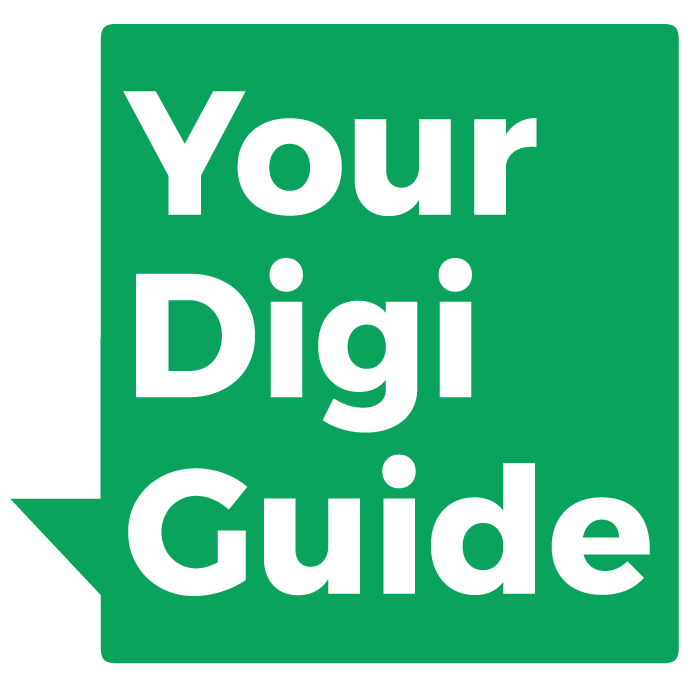The Importance of
Having a CRM for your Business
You have a business and you have started building your contact list of current and prospective clients; but how do you gather your contacts together? Where do you all of the client information you are continuing to build over time?
This is one of the biggest questions I get from businesses today – how do I collect and find my client information? The answer is simple; not from a spreadsheet, or an Excel file. Not in a place that only you have access to. The answer to this question is a CRM; or a Customer Relationship Management tool.
What a CRM Does
A CRM helps you centralize all communication with your potential leads and existing customers in one single place. The benefit of this, is that once you have all of these communications and information in one place, other people within your organization can easily access them. For example, consider if one of your sales reps gets sick or leaves the organization, what happens to all the previous communication he or she had with potential or existing customers? Where was it stored and how was it organized? Will you be able to find any offers the sales rep already made to clients?
Having all of your client information in one place has several benefits. You’ll have a track record of everything that has happened over the course of the relationship with the client. You’ll be able to easily go over prior communications, and you’ll have all files and offers that have been sent to the client easily available to view. A CRM creates a much more transparent and efficient overview of the customer relationship.
Choosing a CRM
There are a lot of CRMs on the market right now, ranging from free to varying paid options. If there is any tool you are considering implementing into your business, the best approach in choosing a tool is not to choose the tool first, but to design the process for how you want to use the tool as the first step.
Each CRM tool can do a lot of different things, but you might not need all that functionality for your business. Designing the process first will give you the understanding of what functions are necessary for your business. You’ll want to include your team members in the design process; your sales staff, marketing team, and even your board members. Each role will have unique input as to what types of functions are needed.
If you purchase a CRM tool first before laying the groundwork because you’ve heard it’s a popular tool that a lot of other businesses are using, you might end up buying a tool and then not even using half of its functionality that you’re paying for because it’s not related to your business. This is a waste of time and resources.
My advice, start with the groundwork. Develop and design the processes your business needs, evaluate a couple of tools, and then decide which one is best for your business.
Tools
With all that said, in the end, the goal here is that you need a CRM! Everything evolves around the CRM; the power of your business relies on the number of: customers you have, leads you have, interactions you have with your leads, and offers you send, etc. For all of these, you need to have an overview of all of these aspects of your business in order to make business decisions based on growth. You need a thorough picture of where you’re at in order to be able to see what areas require improvement.
HubSpot
Looking at the market today, from experience, there are two tools I can definitely recommend. The first I would recommend is HubSpot, which is free of charge to start with and you can use their basic CRM tool for free, forever. HubSpot has a number of functionalities and is a great way to start working with a CRM.
If you’ve started with the groundwork and planning your processes out and have a growth plan for the next 3-5 years, then HubSpot would be a good tool for you to begin using because later on during your growth cycle, you can use their sales and marketing hubs for automation and augmented process improvements once your business has grown to the level that makes sense for you to add on extra functionality.
ActiveCampaign
I would also highly recommend the ActiveCampaign CRM, which isn’t free to start, but has a much lower price point on all of the other functionalities that you will need in the future in terms of sales automation, marketing automation, sequences, or any other kind of automation that might help your business grow.
Both ActiveCampaign and HubSpot are tools that address different markets and different needs. Setting your groundwork will help you discover which will be most beneficial to you.
What’s Next
The HubSpot and ActiveCampaign CRMs have similarities in terms of automation, which as I’ve mentioned you might need at some point when your business starts growing. Automation is a topic for the next blog that I’m planning to write, so stay tuned to find out how this process relates to your business needs.
I hope you’ve found this useful, and hope I’ve been able to convey that no matter which tool you choose, you need to have a CRM. You need to centralize all your client information to have handback management in one place, for monitoring, for interaction, for follow-up, and for the overview of your business.
This is a DigiExpert post
Only verified DigiExperts are able to post on our platform.
If you have further questions, need individual help on the topic in this post or related topics, feel free to reach out to the DigiExpert directly.

Constantin Buda
E-Mail Marketing, Content Marketing
Constantin Buda is a Growth Strategist helping companies translate complex, high-tech information into marketing stories that drive sales.
